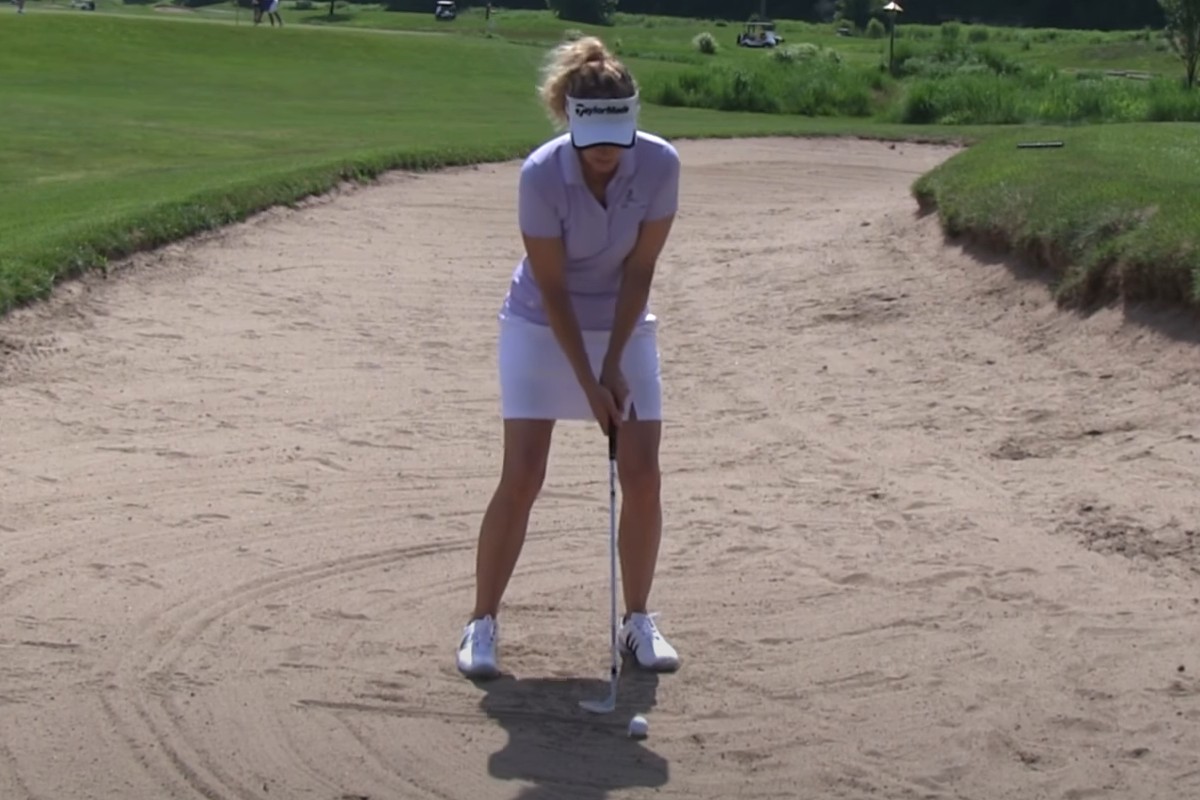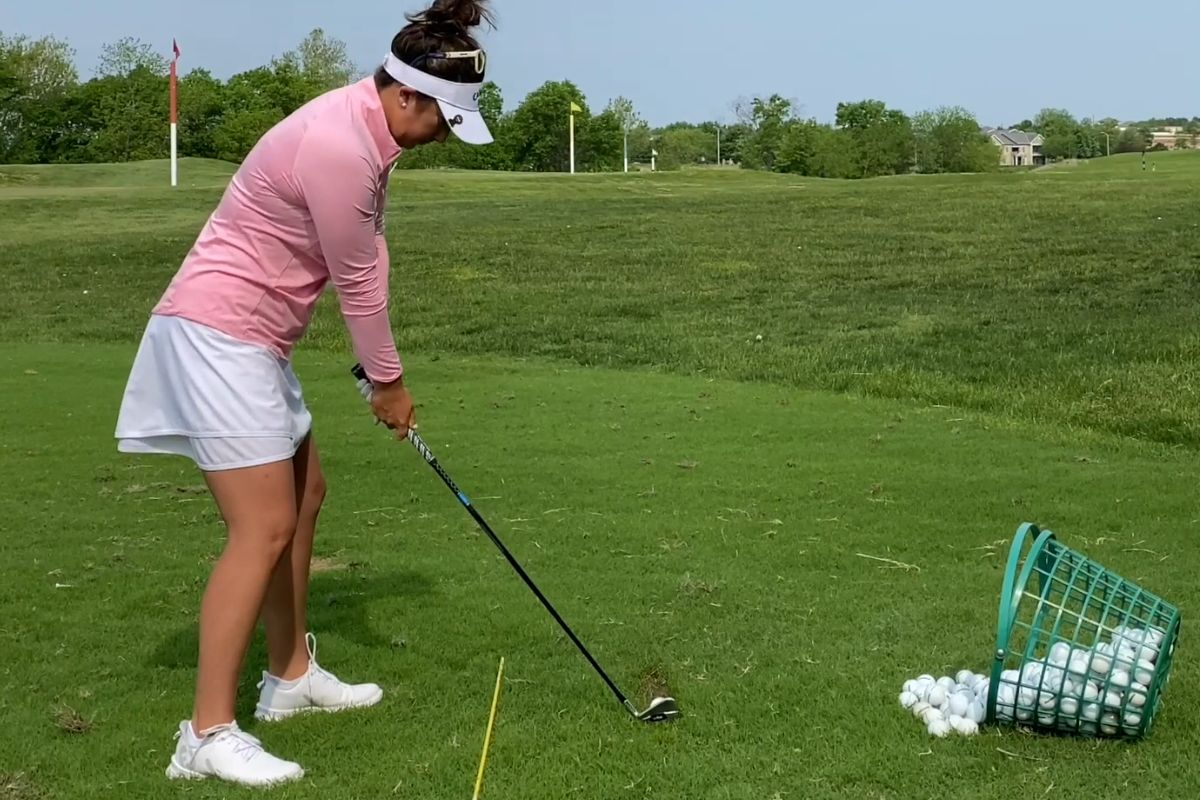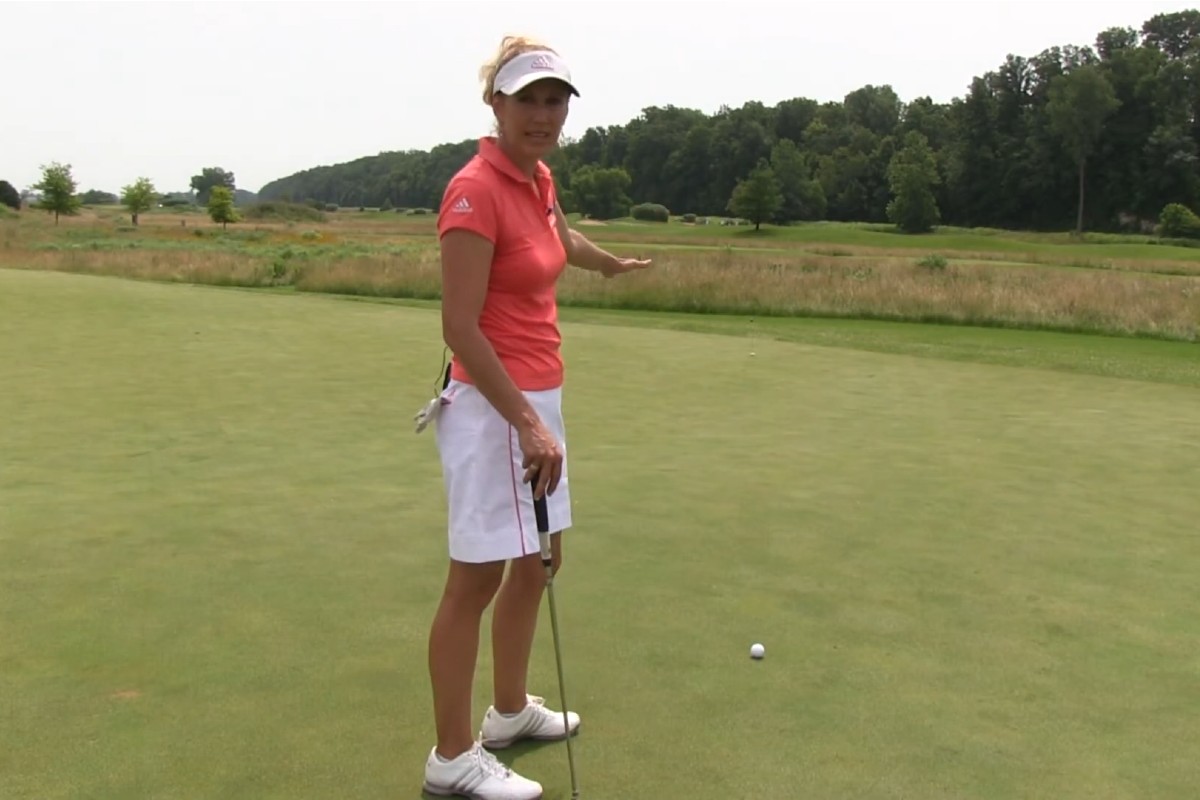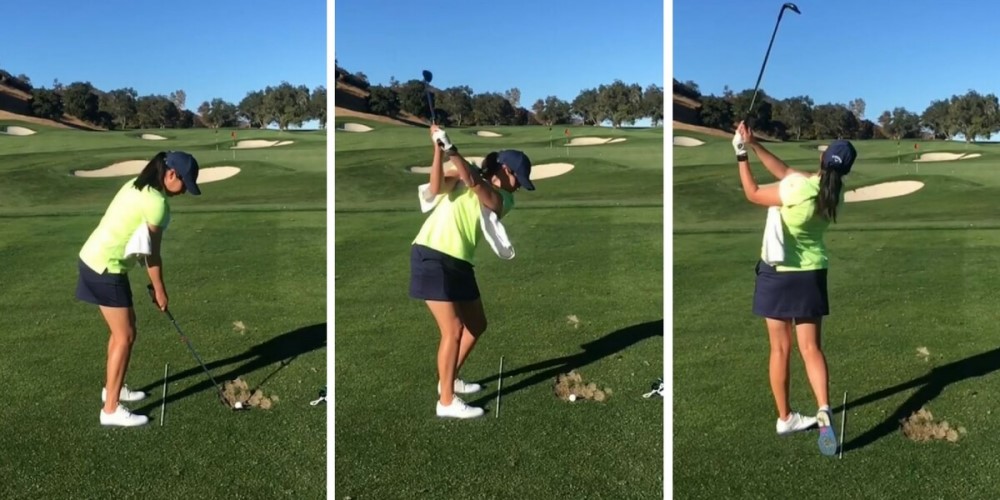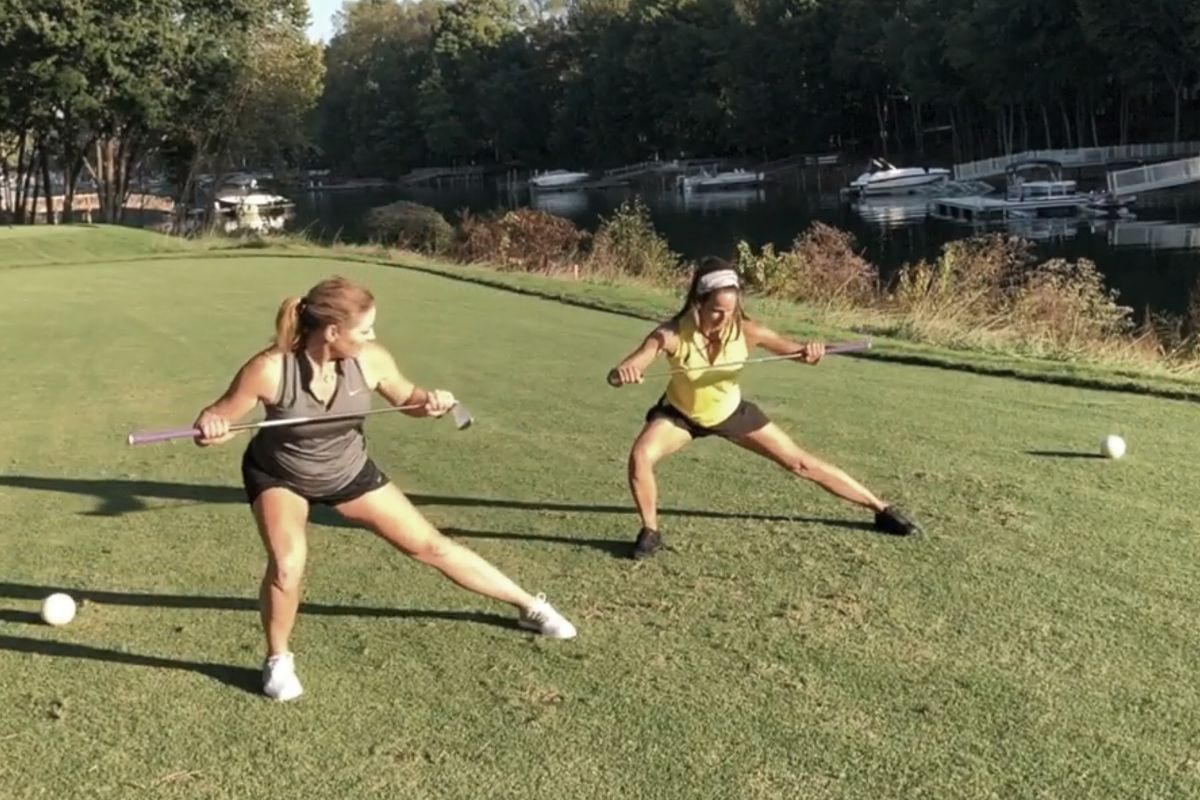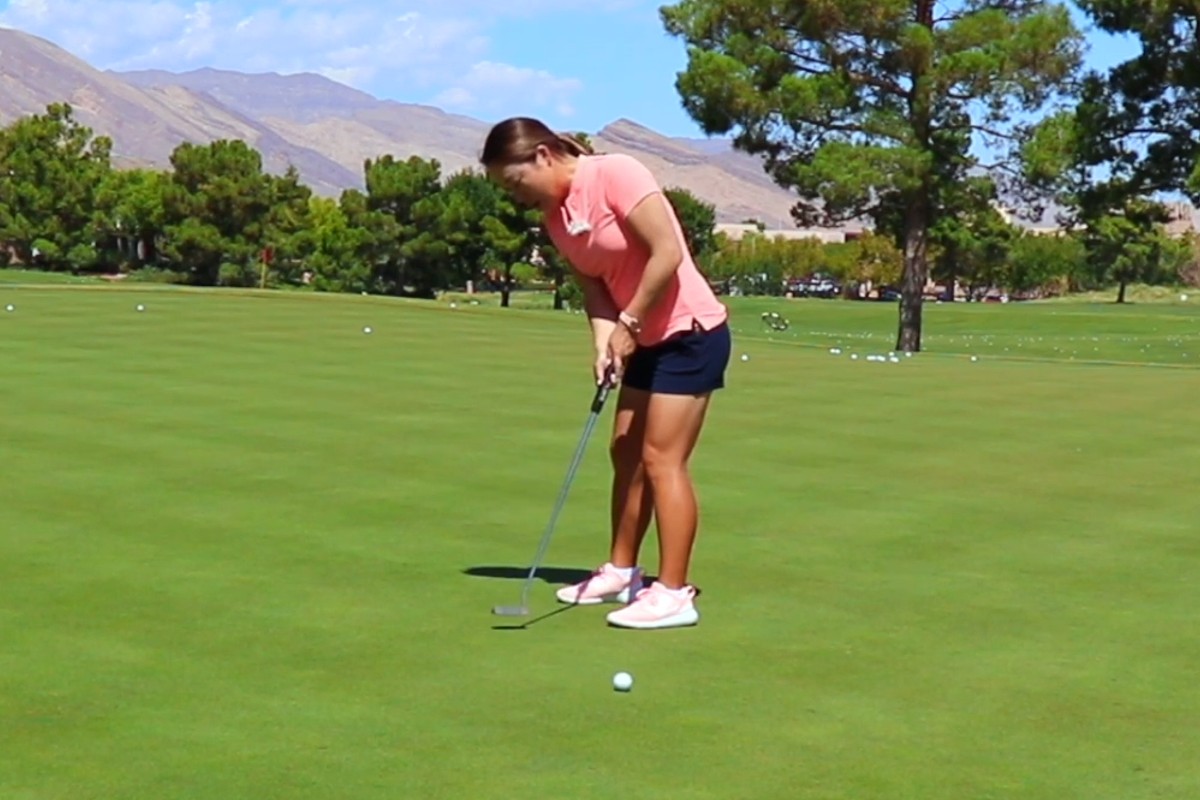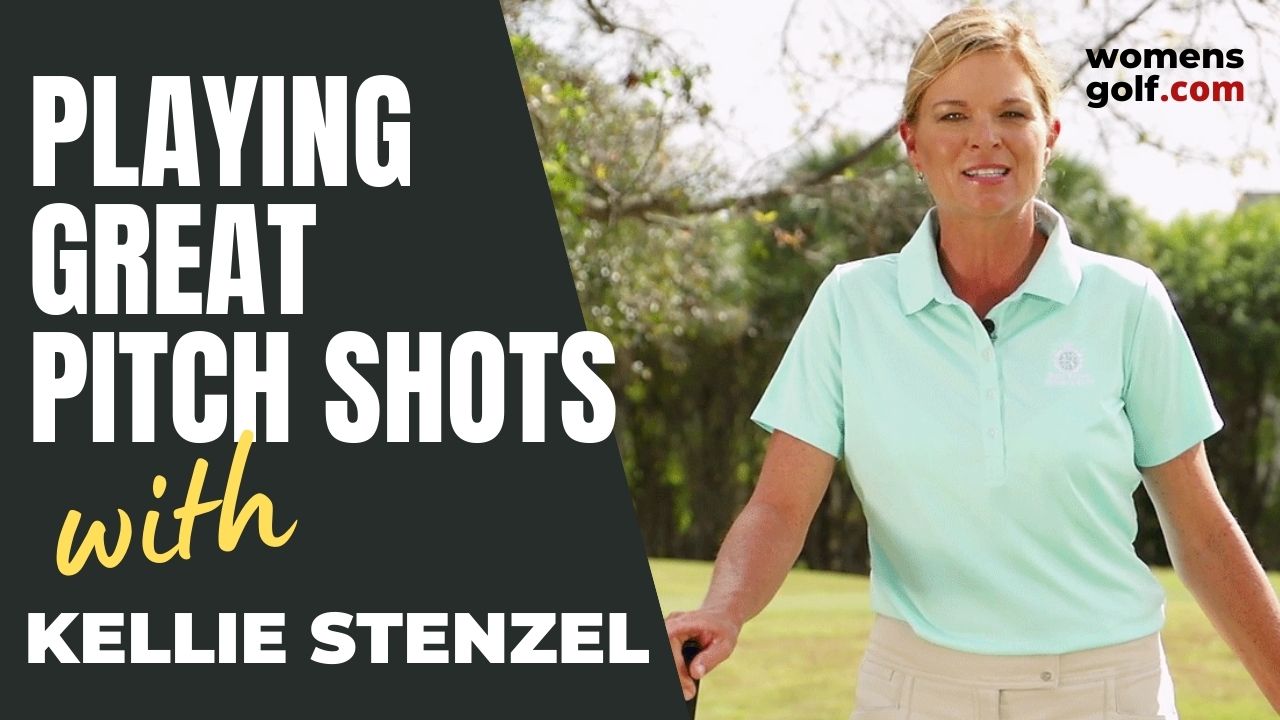Unless you are a professional or low handicap amateur, greenside bunkers are probably not your favorite shot to hit on the golf course. Am I right? Is that because they are so difficult though or because they are just misunderstood? In my opinion, it is the latter. There is just too much confusing information out there when it comes to how to set up to and execute a greenside bunker shot.

Know Your Equipment
One of the most misunderstood parts of greenside bunker play execution is the role of the clubface and head. Ever wonder why they call it a sand wedge? Because it’s designed to help you get the ball out of the sand more efficiently than your other clubs. While this is true, it may not be true 100% of the time. It depends on the conditions you are dealing with.
Here’s the low down. Sand wedges are designed with bounce. Bounce is the back edge of the club, not the leading edge. It’s called bounce because it helps the clubhead bounce through the sand and tough lies as opposed to digging and getting stuck. To see the bounce, hold your club by the head end and turn it around so the heel end is in front of your face. You should notice on most sand wedges that the leading edge of the club sits lower than the back edge of the club. The more bounce the club has the more the back edge will sit higher. Think of the leading edge as the “digger”, and the back edge or bounce as the “skidder”. The more you set the clubface open, the more you will utilize the bounce on your sand wedge and skip or bounce through the sand.
Know Your Conditions

The condition of the sand will tell you how much bounce you need. For soft fluffy (beach sand) you will need more bounce. This sand is thick and heavy and if you hit down with the leading edge of your club you will most likely get caught and not be able to swing through it. This, of course, will result in shots that fly shorter and sometimes don’t get out of the bunker. Therefore, you want to open the face more at address to utilize more bounce – the skidder edge of the club. For sand that is hard or wet and rocky (like brown river sand), you don’t want a lot of bounce. If the bounce edge hits the hard sand your club will bounce up and you will most likely skull the shot. To avoid this set the clubface more square. This way the leading edge, the digger, will cut down into the sand just a bit and help you push the ball back out.
Choose Your Weapon
You have just learned for softer, thicker sand that you want to use a lot of bounce. Most sand wedges are going to have around 10-14 degrees of bounce. You also learned that for wet or hard sand you want less bounce. If your wedge has 12 degrees of bounce or more, you may be better off using your lob wedge, gap wedge or pitching wedge. These wedges are typically going to have a much lower bounce (8 degrees or less) and will help you to dig that ball out of the wet sand and prevent skulling it over the green.
The Misconception
You’ve probably been taught that when you open your face in the bunker that you need to offset that by aiming your body more to the left (for right-handed players). This is probably one of biggest misconceptions in golf instruction. Keep in mind that your club never comes in contact with the ball. You hit the sand, the sand pushes the ball out of the bunker. The ball will fly in the direction of the sand or your swing path. Avoid all that monkeying around with your set up and stand square. You are more likely to find the sweet spot a lot more consistently that way.
The most difficult part of opening the face in a bunker is visual. Once you get over the funkiness of looking down at an open clubface and learn to trust it, you will be utilizing bounce as you should and cutting through that sand with ease.
Step 1: Get over your fear of looking down at an open face.
Step 2: Survey your lie and sand texture (without touching it of course).
Step 3: Choose your weapon.
Step 4: Decide how much if at all you should open the face.
Step 5: Smile and swing with confidence because now you know what the heck you are doing!

